
Copernical Team
SpaceX knocks out early morning Starlink launch from Cape Canaveral

The Space Coast saw its 23rd launch of the year early April 5 with a SpaceX launch from Cape Canaveral Space Force Station.
The Falcon 9 rocket carrying 23 more of the company's Starlink internet satellites lifted off from Canaveral's Space Launch Complex 40 at 5:12 a.m.
The first-stage booster made its 14th flight and stuck another recovery landing downrange in the Atlantic on the droneship A Shortfall of Gravitas.
It was the 275th time SpaceX has recovered a Falcon 9 booster, part of the company's efforts to reduce costs through reusability.
SpaceX has flown all but one of the launches from the Space Coast this year, with United Launch Alliance responsible for the other, a Vulcan Centaur launch in January.
ULA has its second flight lined up, though, with the last launch ever of a Delta IV Heavy set for next Tuesday from Canaveral's Space Launch Complex 37 on a mission for the National Reconnaissance Office. That comes after a delay because of issues with a gaseous nitrogen line to the launch pad that thwarted a launch attempt last week.
Solar eclipses – and how to make them
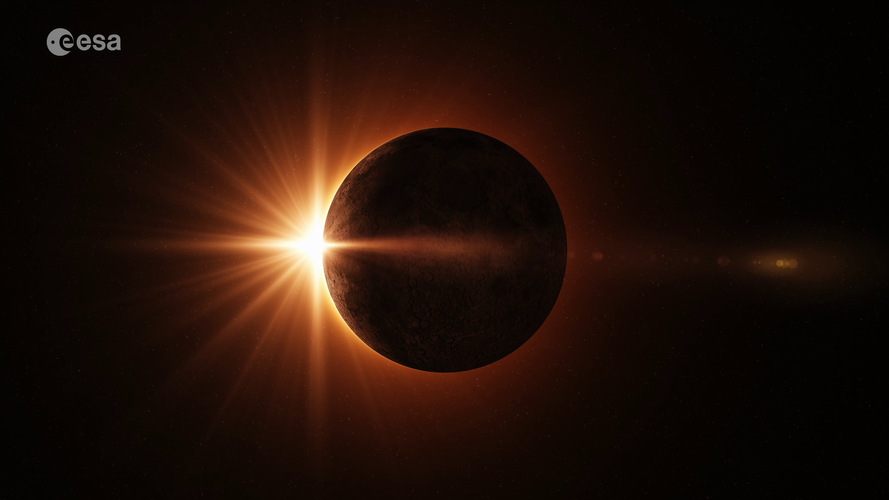 Video:
00:03:39
Video:
00:03:39
During a solar eclipse the Earth is plunged into darkness and the Sun’s ghostly atmosphere becomes visible. Scientists travel the globe to experience total solar eclipses, which occur for just a few minutes at a time every 18 months or so. But what exactly causes solar eclipses, and how do scientists try to make their own, including with ESA’s new Proba-3 mission?
Weather is the hot topic as eclipse spectators stake out their spots in US, Mexico and Canada
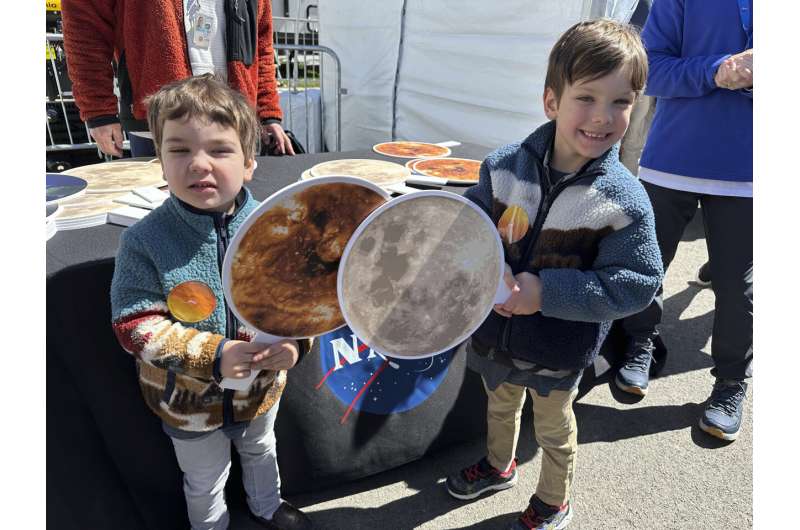
Eclipse spectators staked out their spots across three countries Sunday, fervently hoping for clear skies despite forecasts calling for clouds along most of the sun-vanishing route.
Huge crowds await a total solar eclipse in North America. Clouds may spoil the view
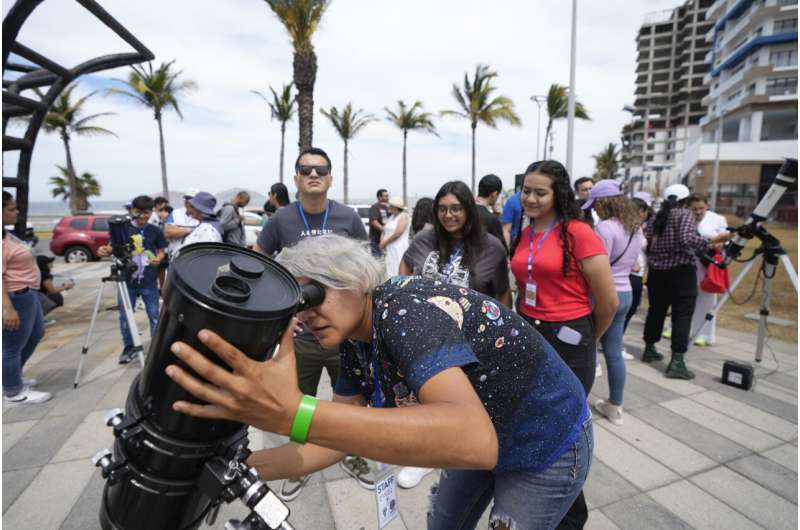
Millions of spectators along a narrow corridor stretching from Mexico to the U.S. to Canada eagerly awaited Monday's celestial sensation—a total eclipse of the sun—even as forecasters called for clouds.
The best weather was expected at the tail end of the eclipse in Vermont and Maine, as well as New Brunswick and Newfoundland.
It promised to be North America's biggest eclipse crowd ever, thanks to the densely populated path and the lure of more than four minutes of midday darkness in Texas and other choice spots. Almost everyone in North America was guaranteed at least a partial eclipse, weather permitting.
"Cloud cover is one of the trickier things to forecast," National Weather Service meteorologist Alexa Maines explained at Cleveland's Great Lakes Science Center on Sunday.
S. Korea says second spy satellite placed in orbit
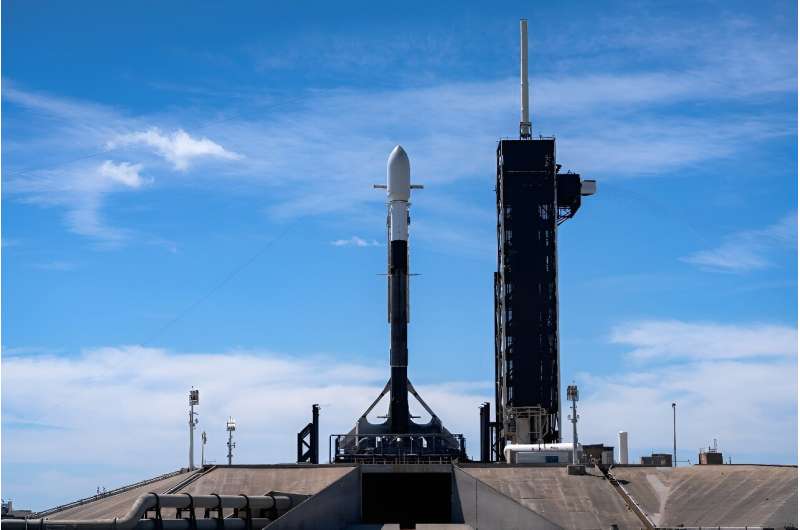
South Korea put its second domestically made spy satellite into orbit, Seoul's defense ministry said Monday, after it launched from an American space center on a SpaceX Falcon 9 rocket.
The satellite successfully communicated with an overseas ground station shortly afterwards, the ministry said.
"Our military's second reconnaissance satellite successfully separated from the launch vehicle at around 09:02 (1202 GMT) and entered the target orbit," the defense ministry said in a statement.
The satellite "successfully established contact with an overseas ground station at approximately 10:57 (0157 GMT)", it added.
Seoul's military said its "independent intelligence, surveillance and reconnaissance capabilities have been further strengthened," by the successful launch.
"We will proceed with future satellite launches without a hitch," it added.
Seoul launched its first military spy satellite in December, which was also carried by one of Elon Musk's SpaceX Falcon 9 rockets.
Centauri-6 Satellite Enhances Global Mineral Surveys on SpaceX's Latest Launch
 Fleet Space Technologies has successfully launched the Centauri-6 satellite as part of SpaceX's Bandwagon-1 mission, using a Falcon 9 rocket from Launch Complex 39A at the Kennedy Space Center. The satellite joins Fleet Space's constellation, enhancing its ExoSphere mineral exploration solution and expanding its advanced SATCOM capabilities utilizing microsatellite technology.
Centauri-6 r
Fleet Space Technologies has successfully launched the Centauri-6 satellite as part of SpaceX's Bandwagon-1 mission, using a Falcon 9 rocket from Launch Complex 39A at the Kennedy Space Center. The satellite joins Fleet Space's constellation, enhancing its ExoSphere mineral exploration solution and expanding its advanced SATCOM capabilities utilizing microsatellite technology.
Centauri-6 r Totality insanity: Eclipse frenzy hits North America
 Eclipse mania is sweeping across North America as a breathtaking celestial event on Monday promises a rare blend of commerce, science - and celebration.
The Moon's shadow will land on Mexico's Pacific coast at 2:07 pm ET (1807 GMT), then speed northeast across a 15-state swath of the United States and on to Canada, exiting the continent over Newfoundland just under an hour and a half later.
Eclipse mania is sweeping across North America as a breathtaking celestial event on Monday promises a rare blend of commerce, science - and celebration.
The Moon's shadow will land on Mexico's Pacific coast at 2:07 pm ET (1807 GMT), then speed northeast across a 15-state swath of the United States and on to Canada, exiting the continent over Newfoundland just under an hour and a half later. South Korea launches second spy satellite into orbit
 South Korea successfully placed its second military reconnaissance satellite into orbit, Seoul's military said Monday, a move that will heighten surveillance capabilities against North Korea amid a growing space race on the peninsula.
The launch took place on Sunday evening at the Kennedy Space Center in Florida, which was Monday morning in Seoul, South Korea's Defense Ministry said in
South Korea successfully placed its second military reconnaissance satellite into orbit, Seoul's military said Monday, a move that will heighten surveillance capabilities against North Korea amid a growing space race on the peninsula.
The launch took place on Sunday evening at the Kennedy Space Center in Florida, which was Monday morning in Seoul, South Korea's Defense Ministry said in To each their own: In Texas town, reasons vary for watching eclipse
 Shelli Ezell wants to watch the upcoming solar eclipse so she can feel the presence of her late daughter, with whom she observed one in 2017.
Grover Swartzlander actually studies these celestial phenomena and Jim Saltigerald just plain enjoys them. Indeed, as crowds gather to watch the Moon block out the Sun for a short while Monday, everybody has a reason for casting an eye at the heavens.
Shelli Ezell wants to watch the upcoming solar eclipse so she can feel the presence of her late daughter, with whom she observed one in 2017.
Grover Swartzlander actually studies these celestial phenomena and Jim Saltigerald just plain enjoys them. Indeed, as crowds gather to watch the Moon block out the Sun for a short while Monday, everybody has a reason for casting an eye at the heavens. Eclipse weather forecast: clear skies in the Northeast, clouds in Texas
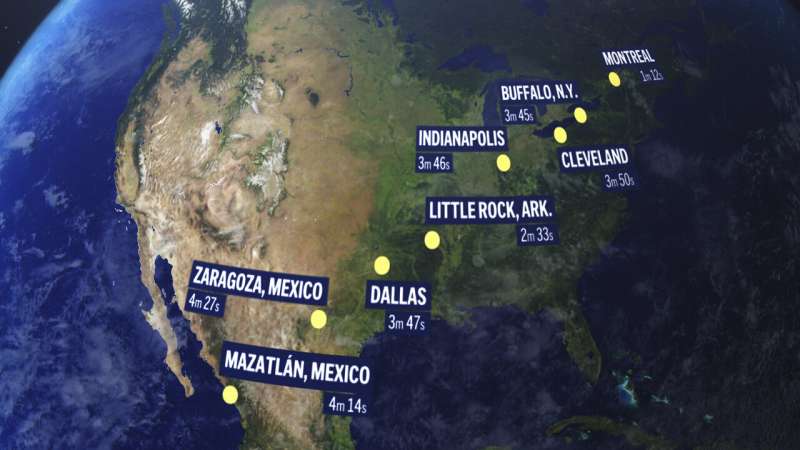
Clouds are likely to spoil the view of the total solar eclipse in Texas and other spots along the path in North America, according to forecasts on Saturday,
Meteorologists this weekend are fine-tuning their predictions ahead of Monday's eclipse as spectators try to scope out the best places to watch the moon block out the sun for a few minutes.
"Most of Texas doesn't look that great for seeing the eclipse," National Weather Service meteorologist Bob Oravec said Saturday.
